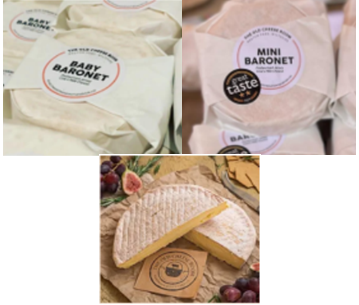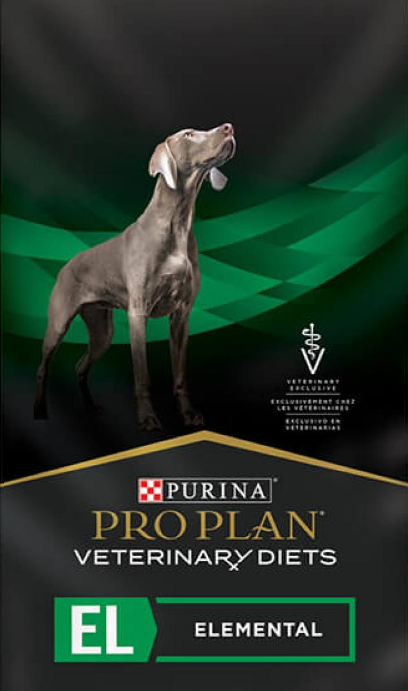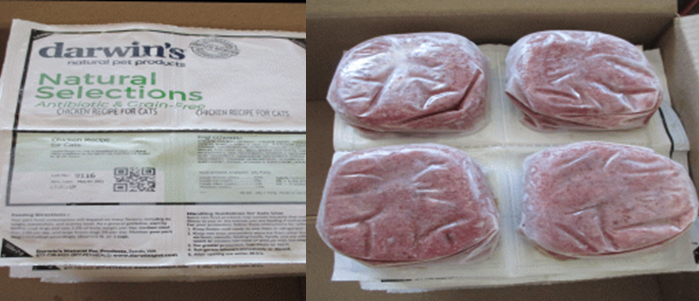In the UK, the FSA issues Product Withdrawal Information Notices and Product Recall Information Notices for the Old Cheese Room, recalling Baronet, Baby Baronet, and Mini Baronet Soft Cheese because Listeria monocytogenes has been found in some batches of these products. The recalled products include Baronet Soft Cheese I kg, Baby Baronet Soft Cheese 200g, and Mini Baronet Soft Cheese 270g.@ https://www.food.gov.uk/news-alerts/alert/fsa-prin-07-2023
ruth
In New Zealand, several brands of hummus and tahini have been recalled due to possible salmonella contamination. The recall involves 21 products from Lisa’s, Greater! and Prep Kitchen brands. The Ministry of Primary Industries (MPI) said it was a complex recall because the tahini in the hummus products was imported from Turkey and used in a large variety of products. There have been no reports of associated illness. MPI said the products had been removed from store shelves and had not been exported. New Zealand Food Safety will work with Life Health Foods NZ Ltd to understand how the contamination occurred.@ https://www.rnz.co.nz/news/national/485093/large-recall-on-hummus-and-tahini-products-due-to-possible-contamination
The recall involves 21 products but more could be added to the list as the imported tahini is used in a large variety of products.
ruth
The FDA reported that Nestlé Purina PetCare Company expanded its voluntary recall of Purina Pro Plan Veterinary Diets EL Elemental (PPVD EL) prescription dry dog food. The recall is due to a supplier error resulting in potentially elevated levels of vitamin D in two additional product lots, which precede the production dates of the previously recalled lots. The expansion results from an investigation prompted by Purina that uncovered new information about a production error from a U.S. supplier. Only this specific formula resulted in potentially elevated levels of vitamin D. The recalled lots are Purina Pro Plan Veterinary Diets EL Elemental (PPVD EL)8 lb and 20 lb bags. The affected dry dog food was distributed throughout the United States by prescription only through veterinary clinics, Purina Vet Direct, Purina for Professionals, and other select retailers with the ability to validate a prescription.
https://www.fda.gov/safety/recalls-market-withdrawals-safety-alerts/nestle-purina-petcare-company-expands-voluntary-recall-purina-pro-plan-veterinary-diets-el-elemental?utm_medium=email&utm_source=govdelivery
Nestlé Purina PetCare Company is expanding its voluntary recall of Purina Pro Plan Veterinary Diets EL Elemental (PPVD EL) prescription dry dog food due to a supplier error resulting in potentially elevated levels of vitamin D
ruth
In response to consumer complaints about cat food causing illness in the customer’s kittens, the FDA collected samples of Arrow reliance Darwin’s Natural Selections Antibiotic & Grain-Free Chicken Recipe for Cats and Darwin’s Natural Selections Antibiotic & Grain-Free Turkey Recipe for Cats. The FDA laboratory analysis revealed these products to be contaminated with Salmonella typhimurium and Salmonella kentucky. Follow up inspection also yielded samples contaminated with Salmonella. The FDA accused the company of using unapproved/ unsafe animal food additive peroxyacetic acid (PPA). There is no food additive regulation in 21 CFR Part 573 for using PAA in animal food, and PAA is not listed in 21 CFR Part 582 or 584 as a substance that is GRAS for the intended use. @ https://www.fda.gov/inspections-compliance-enforcement-and-criminal-investigations/warning-letters/arrow-reliance-inc-644947-02162023
CGMP/Food for Animals/Prepared, Packed or Held Under Insanitary Conditions/Adulterated




